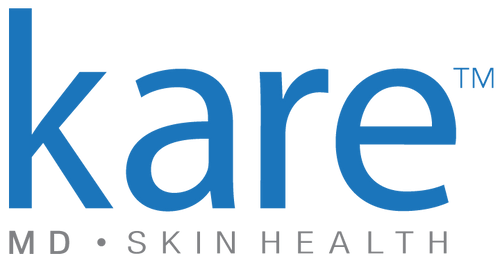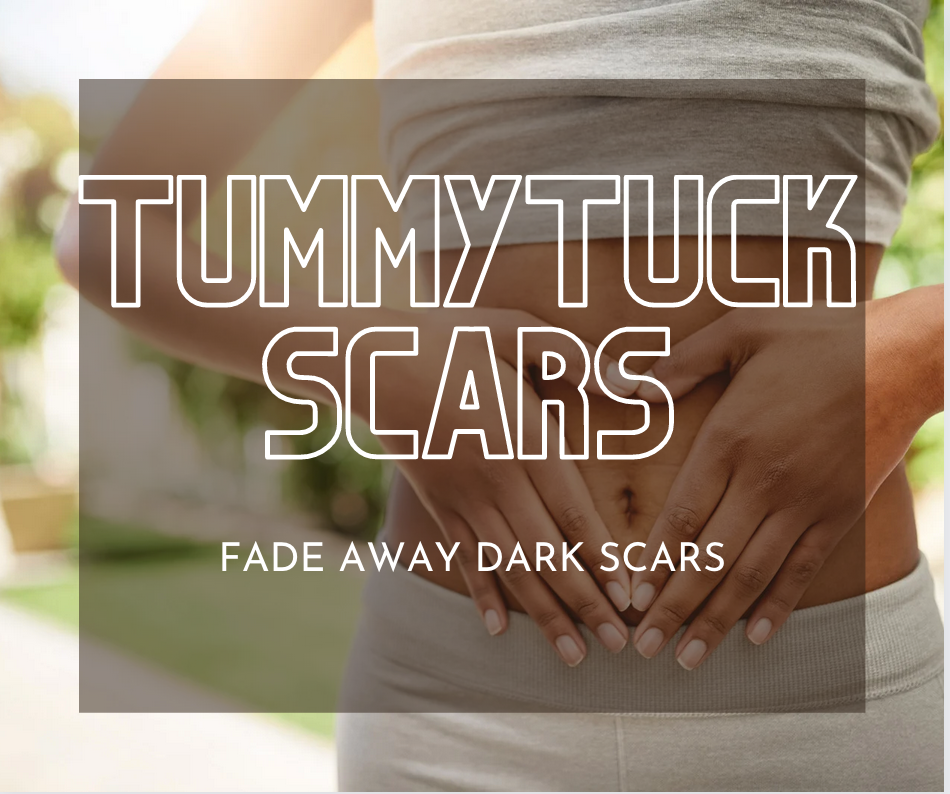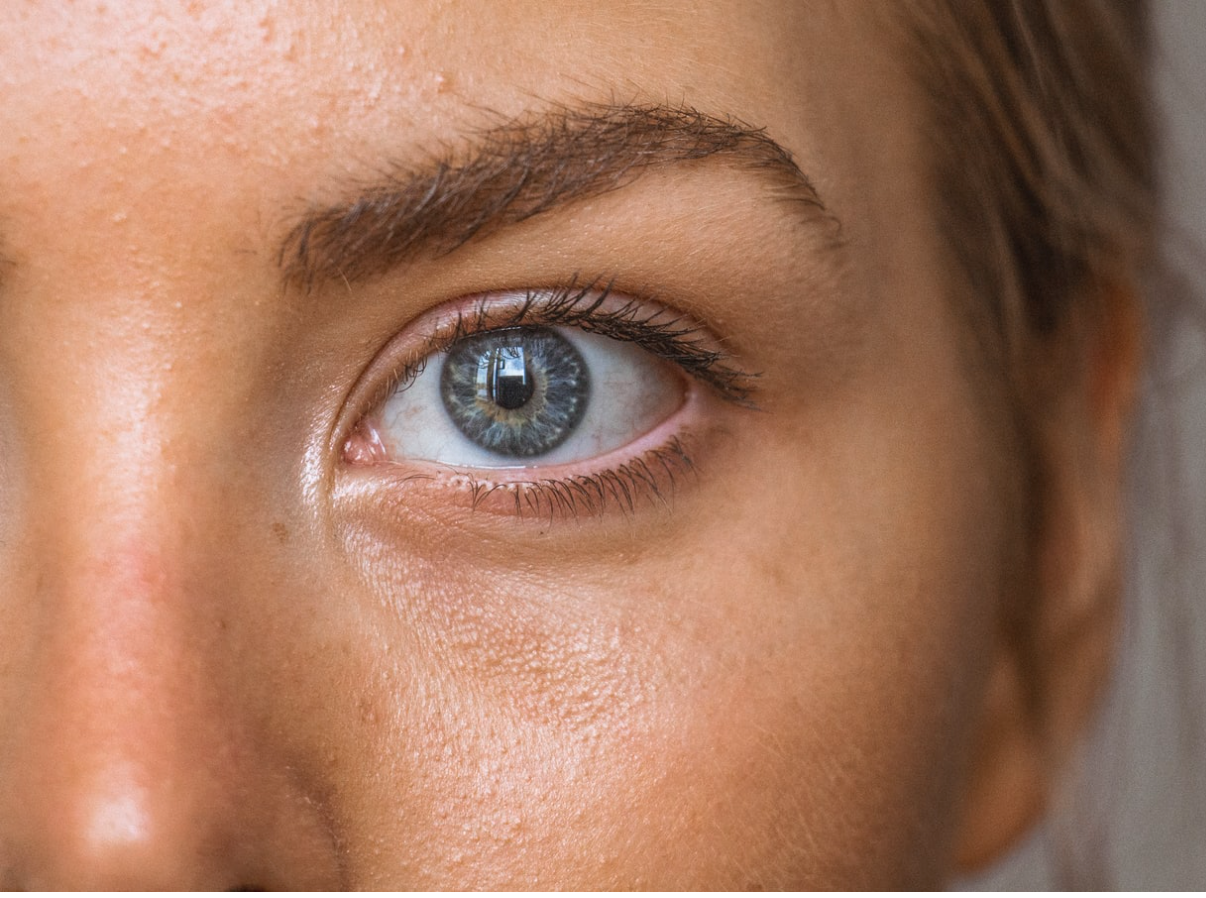Plato's Scar Serum is a go-to silicone scar gel that works well for new and old surgery scars, skin injury scars, keloids, and hypertrophic scars. Click on the link below to order.
Without a doubt, most of us have scars that developed at some point in our lives. Scars are a natural part of skin-healing, allowing the skin to quickly repair itself after epidermal or dermal trauma. Although scars are a natural part of our lives, there are ways that we can help modulate scar growth so that the longterm results are less visible to the naked eye. Most dermatologists and plastic surgeons would agree that the best method of scar repair is to take action early in the healing phase of repair. Here are some basic strategies to help reduce your chance of scarring.
"A scar is inevitable when you examine the skin up close, but the key is to minimize visible scars by protocol-based scar treatment regimen," says board-certified plastic surgeon and scar expert Dr. Raffy Karamanoukian. He is a world-renowned expert in scar management and has lectured on his strategies internationally. "There are essential treatments that every scar should receive in order to modulate collagen repair and structure," he adds.
If you are confused with the process, defer to the expertise of a board-certified plastic surgeon in your area, but there are many options you can start at home.
- Scar Modulation: Massaging your scar can reduce inflammatory mediators that are responsible for chronic inflammation and scar overgrowth. Its a rather simple technique that inactivates celluar infammation mechanisms that can lead to keloid and hypertrophic scars. Start by applying a thin coat of Plato's Scar Serum twice daily to the scar and gently massaging the scar footprint. Be gentle, taking care not to slough off newly formed skin and reducing shear force on the dermis. This is ideal for new and old scars.
- Avoid Direct Sunlight: Although UV exposure can sometimes stimulate color in hypopigmented skin, Dr. Karamanoukian advises against UV-stimulation unless under the direct supervision of a physician. Most scars can benefit from a proper physical sunblock such as Spectrase cream.
- Scar Laser for Neovascularization: A vascular laser can often help chronically inflamed scars from ongoing neovascularization and pinkness. This should be done by monofrequency lasers such as Vbeam.
- Microtextural Repair: Fractional microablative lasers are an excellent treatment for microtexture.
- Contour Correction: Stimulatory intralesional injections can help reduce bulky scars or improve atrophic scars.
The best initial step is topical application of Plato's Scar Serum twice daily with gentle massage for at least 6-8 weeks. A good rule of thumb is that one tube should suffice for a 3-4 inch scar for about 4 weeks. A small amount is advised on each application. Plato's Dark Scar Corrector is also excellent for dark scars that are hyperstimulated with excessive melanin after healing.



